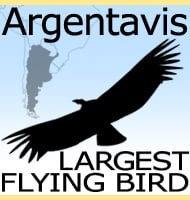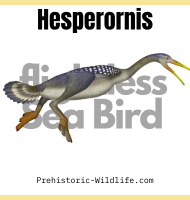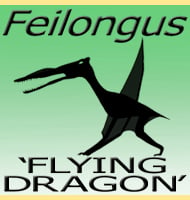In Depth
A relative of the genus Kannemeyeria, Sinokannemeyeria was a fairly large herbivore that lived during the Triassic. Two large tusks grew down from the upper jaw, and these were most probably used to dig out plants for eating.
Further Reading
- On the Triassic dicynodonts from Shansi. - Bulletin of the Geological Society of China 17(3-4):393-41. - C.-C. Young - 1937. – New discoveries from the Sinokannemeyeria-Shansisuchus Assemblage Zone: 1. Kannemeyeriiformes from Shanxi, China. – Vertebrata PalAsiatica 53(1):16-28. – J. Liu – 2015.









